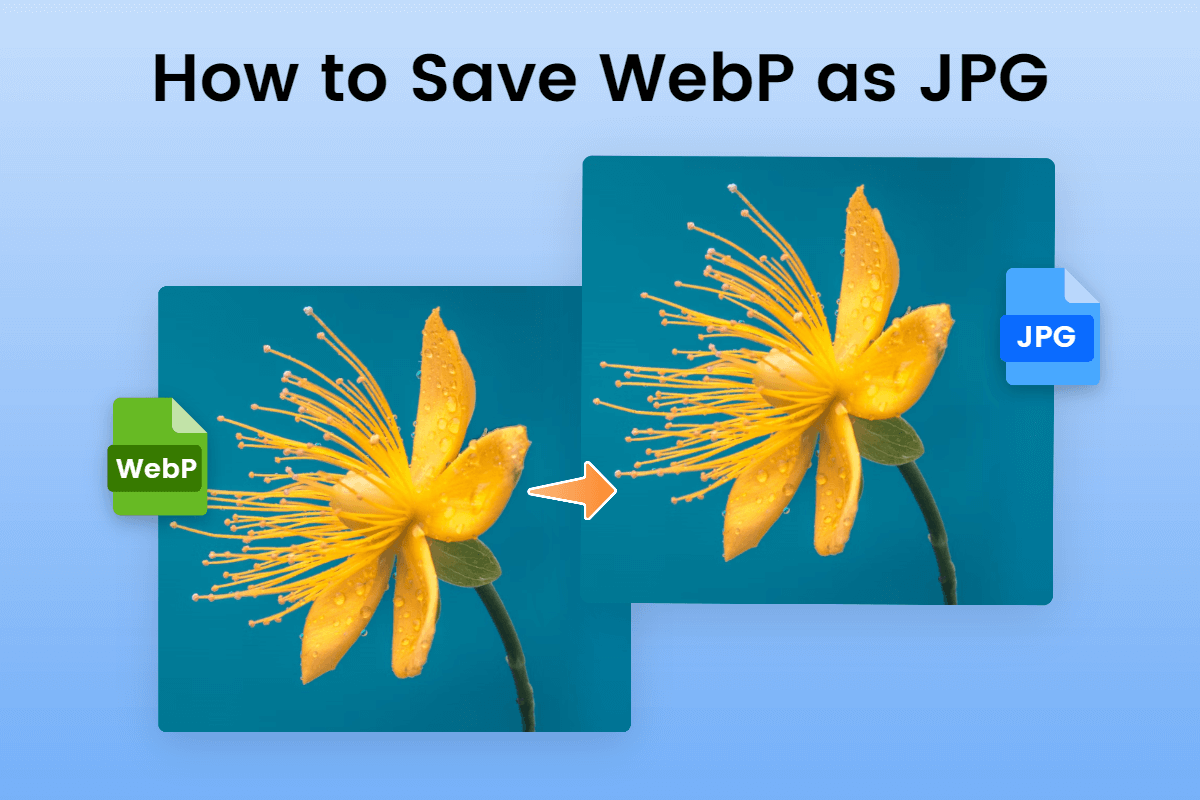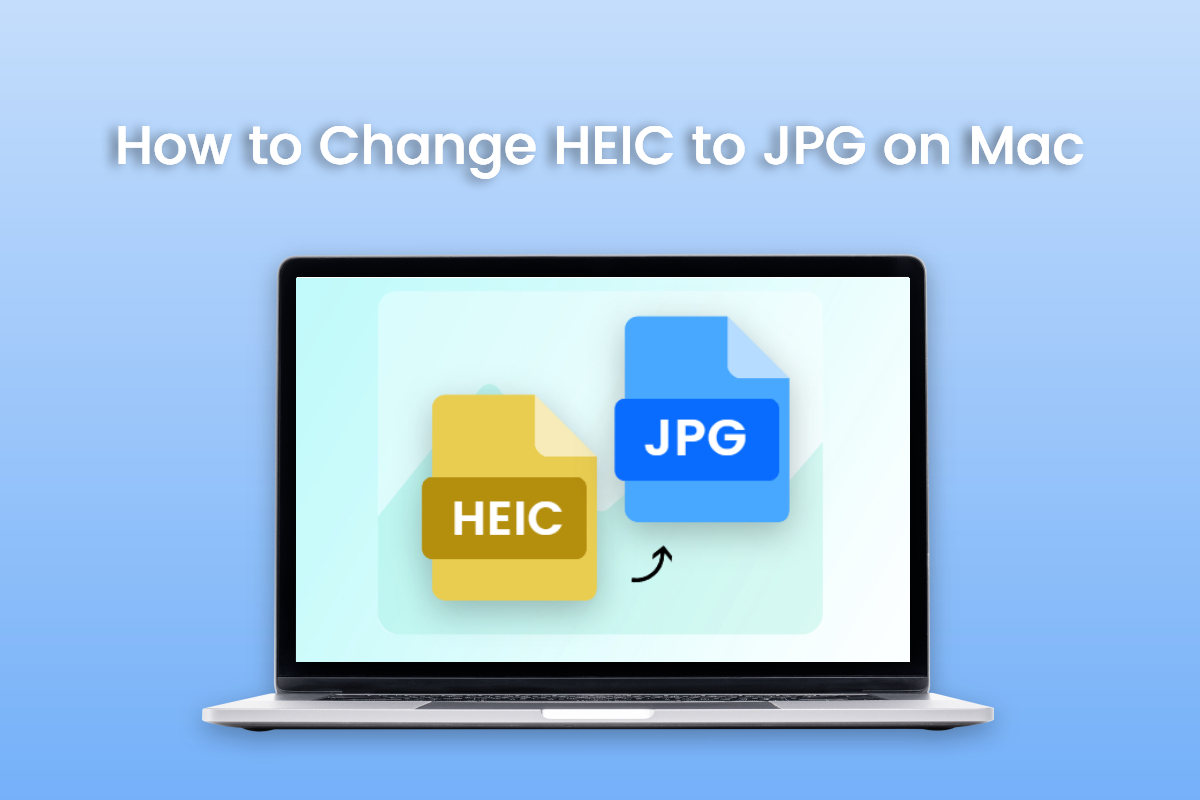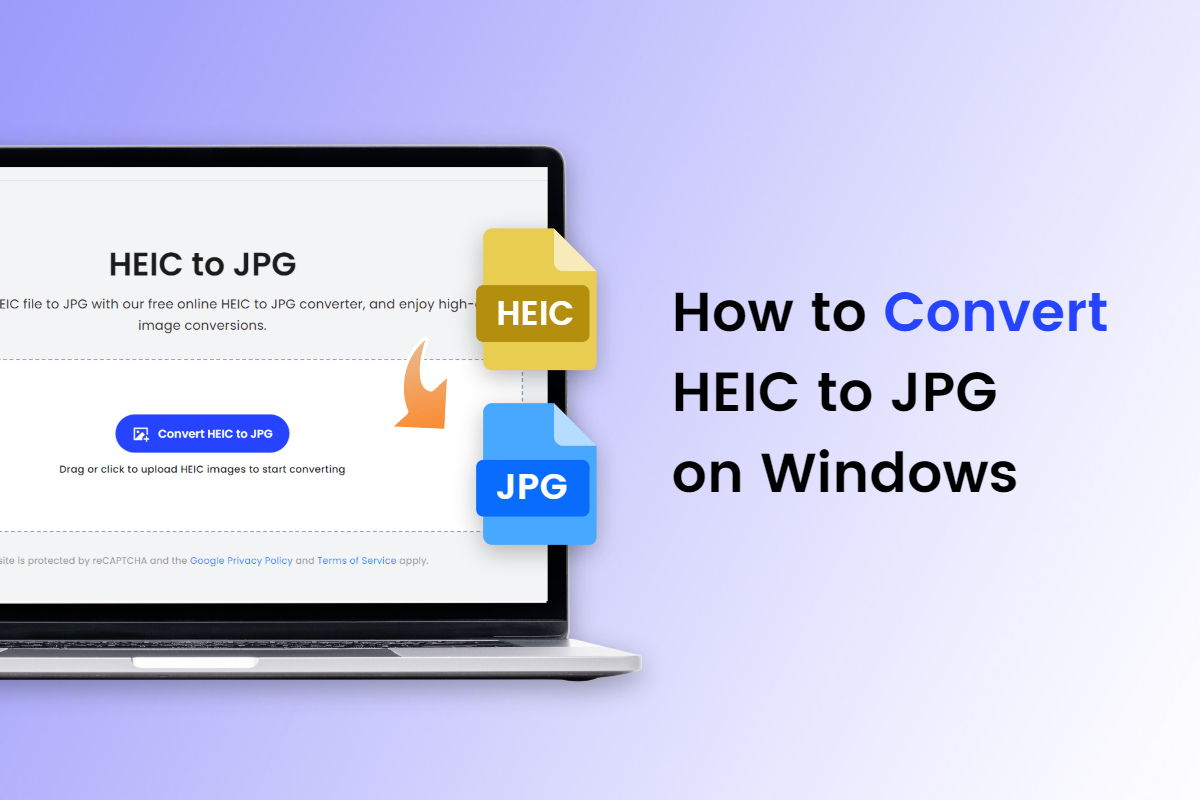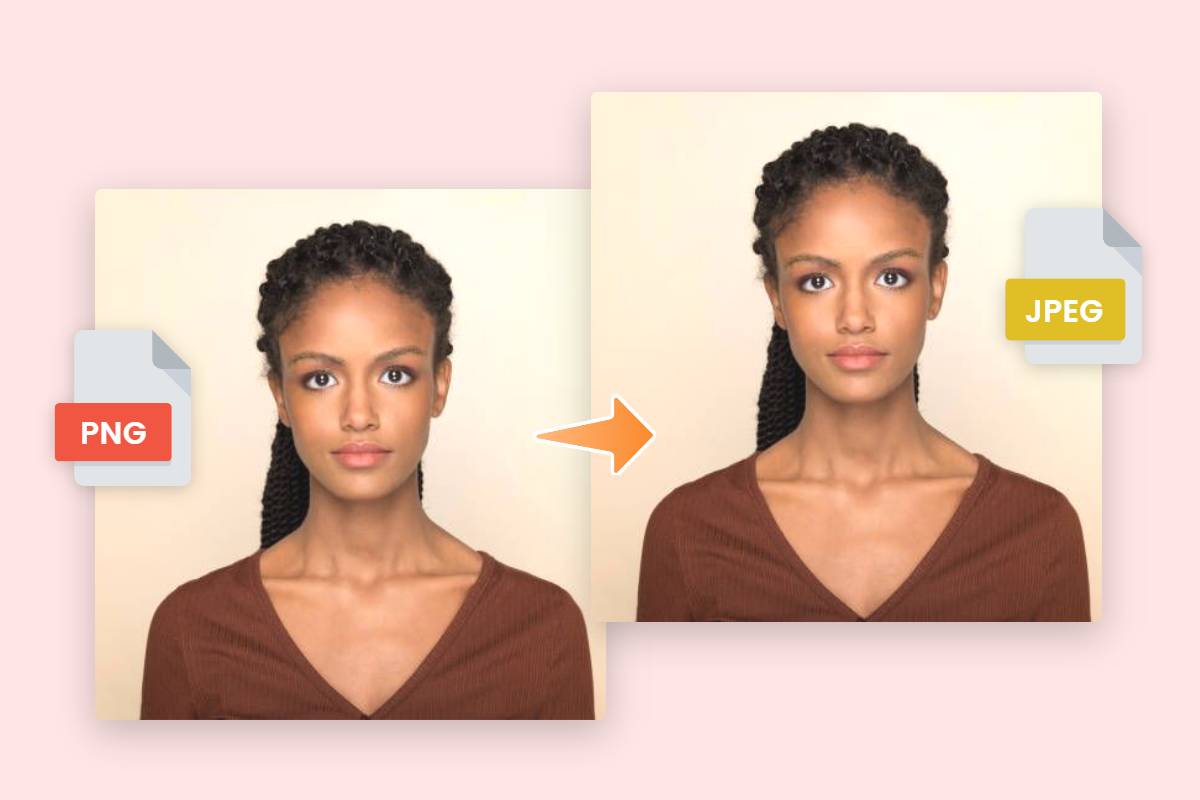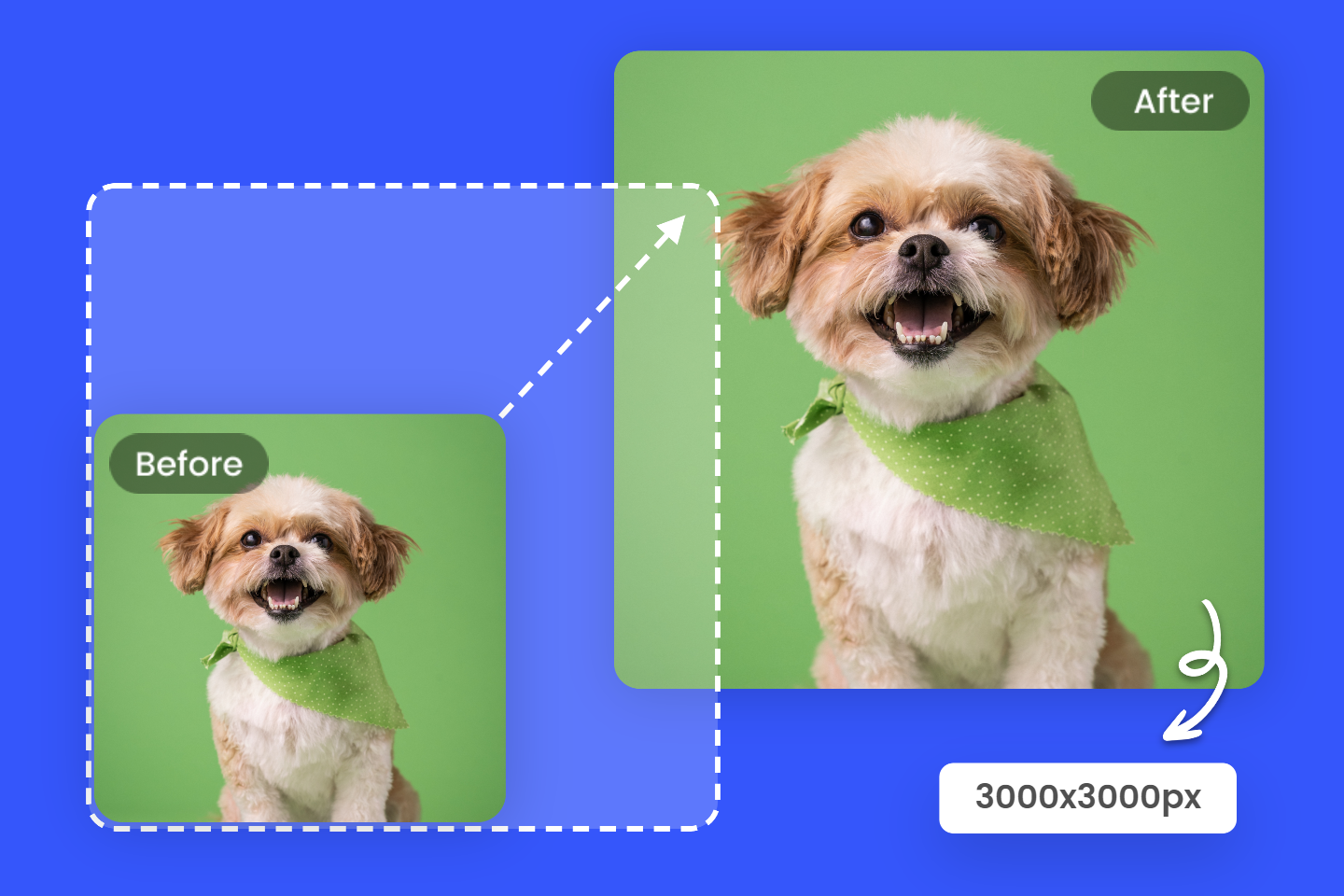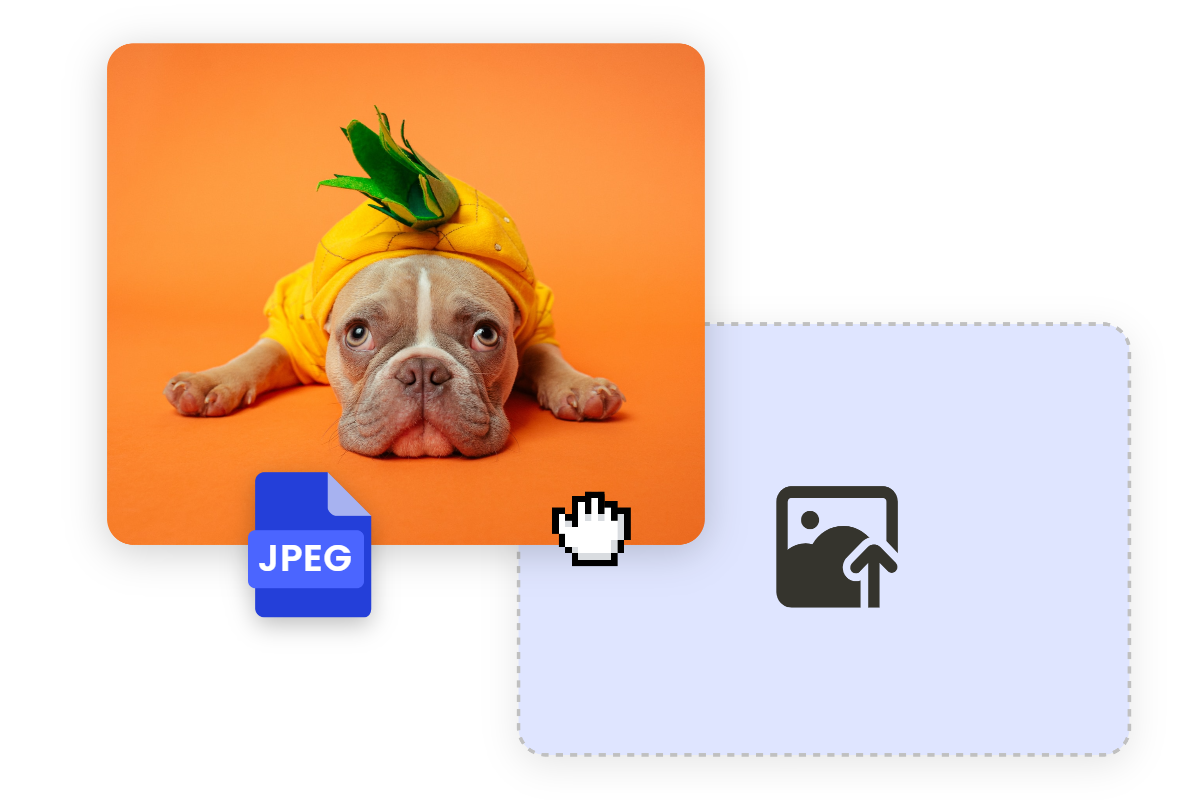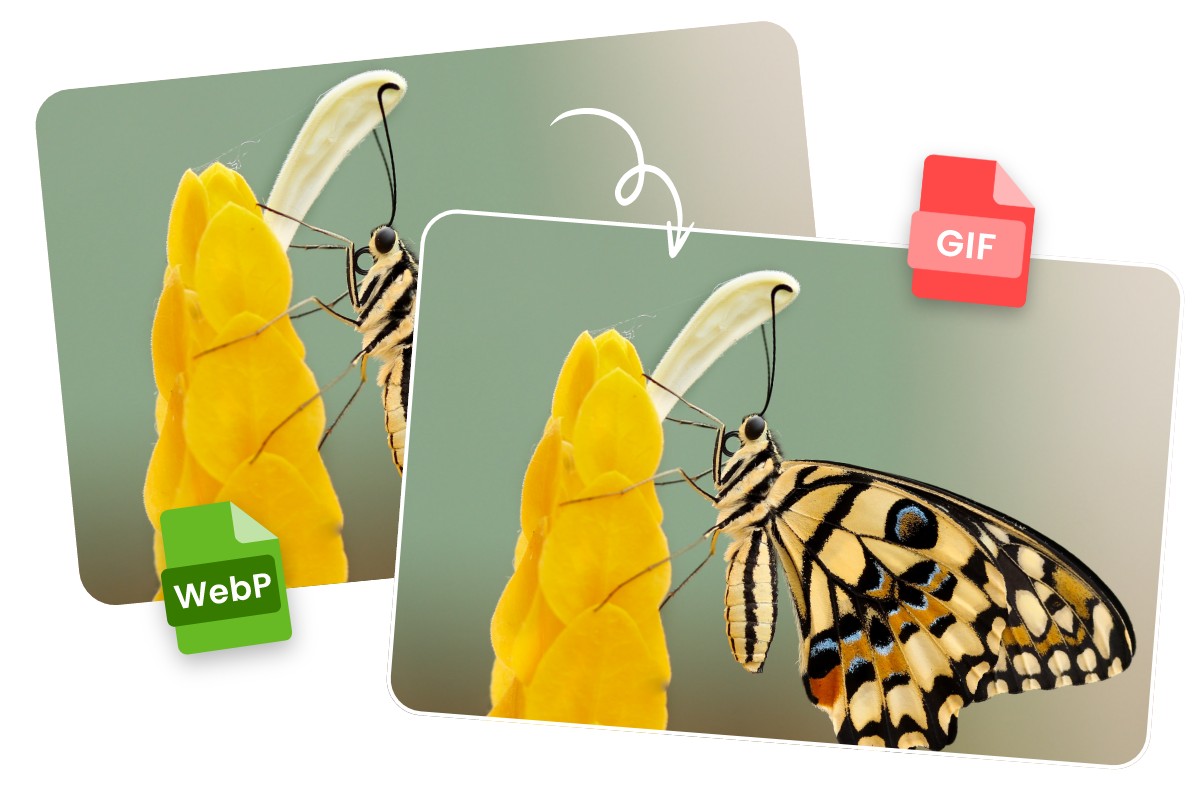PNG VS. JPG: Which One Should You Use
Summary: In this article, we will tell you something about PNG vs. JPG. We will talk about what is PNG and JPG file and explore differences between them. Come and check it!

When it comes to adding pictures to a file or images on web, format matters. In the world of digital images, two popular file formats stand out: PNG and JPG. These formats are widely used and have their own unique characteristics. Choosing the right format for your images can significantly impact their quality, file size, and compatibility with different platforms.
In this article, we will delve into the differences between PNG and JPG, their specific use cases, and guide you on how to convert images to these formats. Let's explore the world of PNG and JPG and discover which one is best suited for your needs.
What is A PNG File
PNG, short for Portable Network Graphics, is a lossless image file format that was created as a replacement for the older GIF format. It was designed to provide better compression and support for more colors while maintaining high image quality. PNG files can contain transparent backgrounds, making them ideal for graphics and logos that need to be overlayed on different backgrounds. They also support images with sharp edges and distinct lines, such as text or line art. However, due to their lossless compression, PNG files tend to have larger file sizes compared to other formats.
Advantages of PNG files:
PNG is open format, so you can view and edit these files in a huge range of programs without a license because there’s no patent.
A PNG image won’t lose any of its data when it’s compressed, which makes it much easier to store and transfer.
PNG files can store much more detailed images than GIFs.
Disadvantages of PNG files:
A PNG file will generally be a lot larger in size than a GIF or JPEG. This means it’ll take up more room on your computer’s hard drive.
They don’t support CMYK color modes, so transferring them to print can prove difficult.
What is A JPG File
JPG, or JPEG, is a widely used image file format that stands for Joint Photographic Experts Group. It was specifically designed for photographs and complex images that contain gradients and a wide range of colors. JPG files use lossy compression, which means that some image data is discarded to reduce the file size. This compression technique allows for significantly smaller file sizes, making JPG the preferred format for storing and sharing photographs online. However, the tradeoff is a slight loss in image quality due to the compression algorithm.
Advantages of JPG files:
JPEG files are arguably the most universally recognized image file format — compatible with most browsers, software, and apps.
Their small file sizes allow for quick transfer and fast access for viewing online.
Disadvantages of JPG files:
Although jpg files are very space efficient, the quality of the image is greatly reduced when compressing the file.
Losing so much data may cause posterization — the loss of smoother transition between colors, making an image look blockier and abrupt.
Differences Between PNG and JPG
When it comes to choosing between PNG and JPG, it's crucial to understand the differences between these two formats. Let's explore the key factors that differentiate PNG and JPG and influence their respective use cases.
File Size
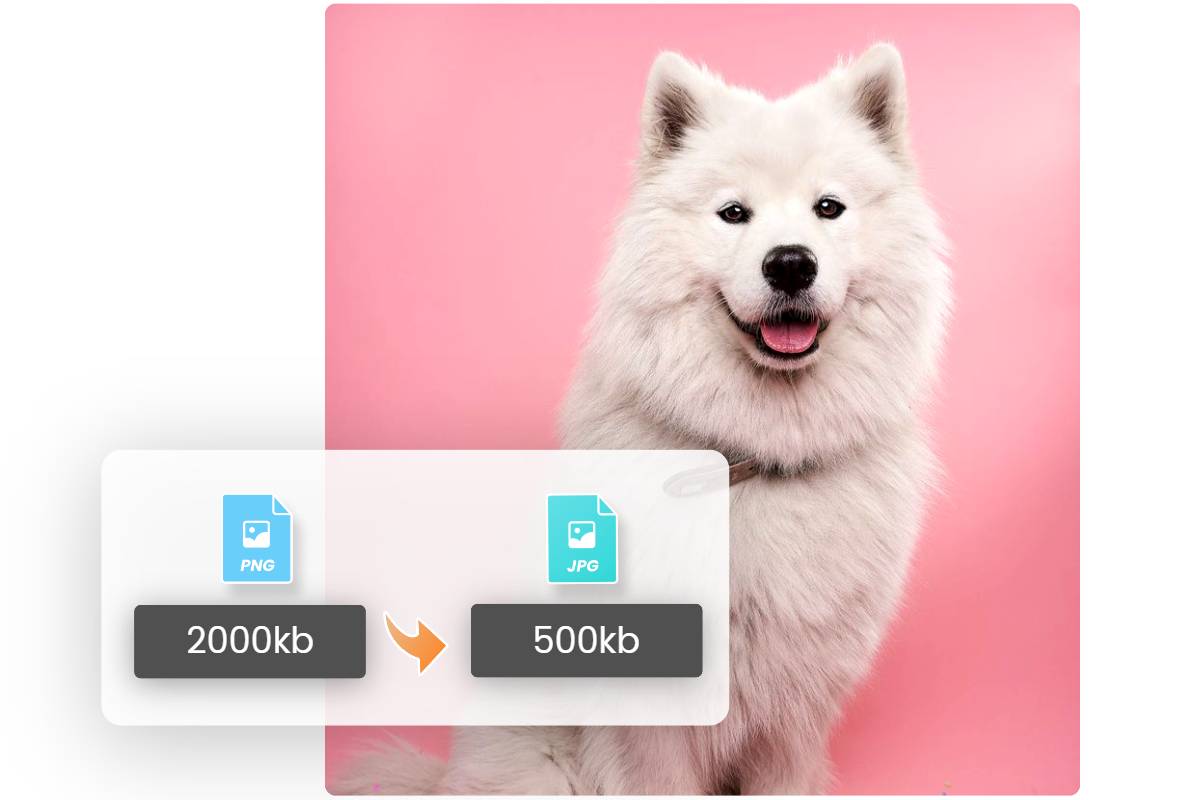
When to use PNG vs. JPG, one of the most significant differences between PNG and JPG is the file size. PNG files are typically larger in size due to their lossless compression, which preserves all the image data. This makes PNG suitable for situations where preserving image quality and accuracy is crucial, such as graphic design projects or images with transparency. On the other hand, JPG files have smaller file sizes due to their lossy compression. This makes them ideal for web-based applications and platforms where reducing file sizes and optimizing loading times are essential.
Transparent Backgrounds
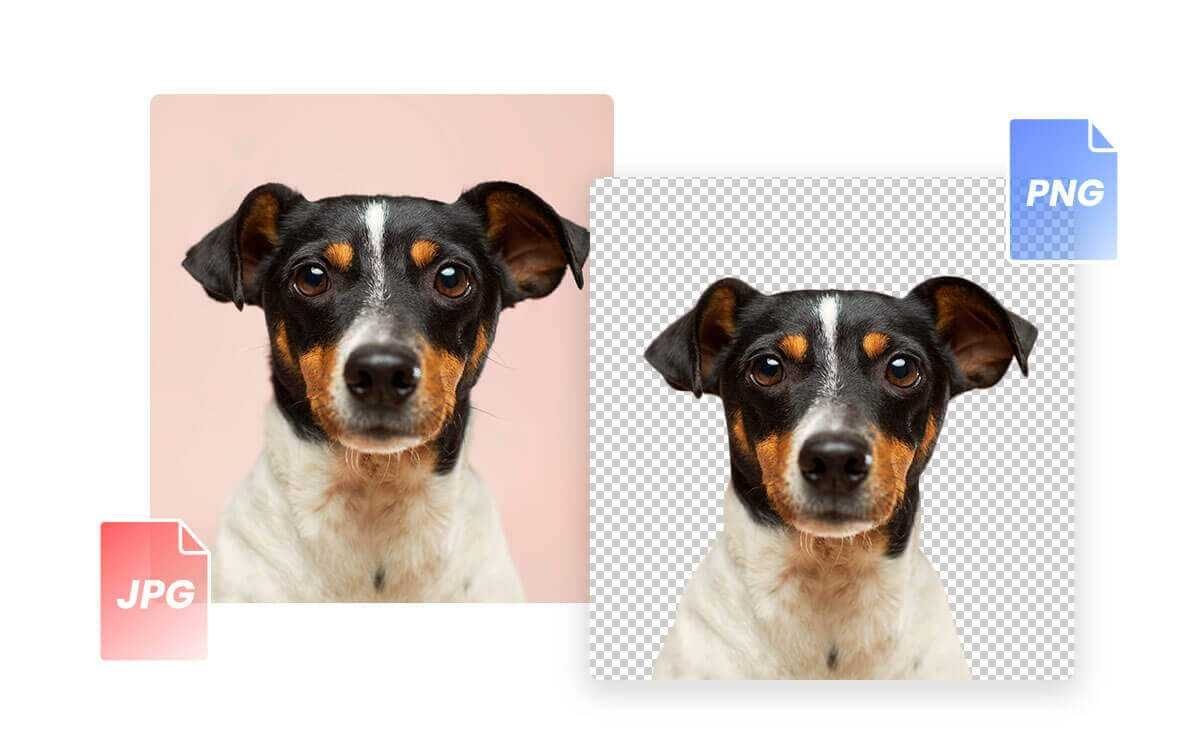
Another important distinction between PNG and JPG is their support for transparent backgrounds. PNG files can preserve transparency, allowing images to be overlayed on different backgrounds seamlessly. This makes PNG the preferred format for logos, icons, and other graphics that need to be placed on various backgrounds. In contrast, JPG files do not support transparency and always have a solid background color. If transparency is not a requirement for your images, JPG can still provide high-quality results without the need for larger file sizes.
Lossless VS. Lossy Compression
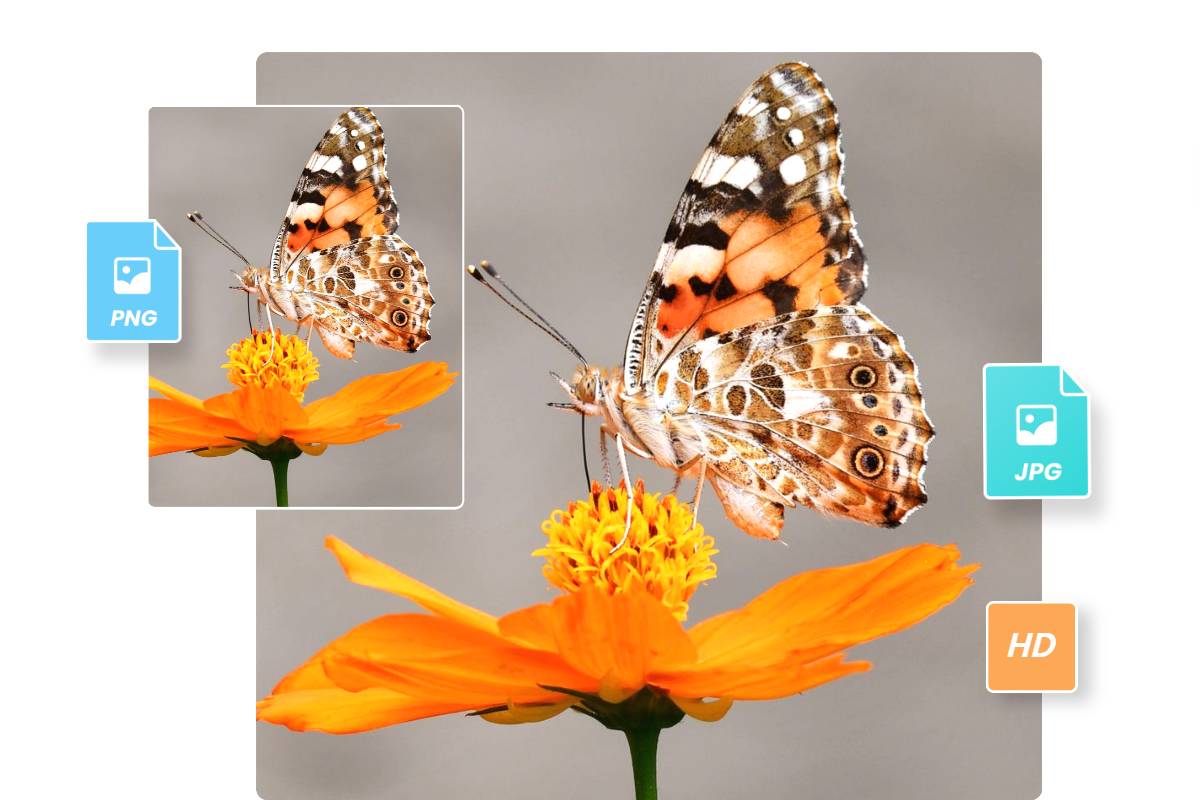
The compression techniques used in PNG and JPG files have a significant impact on image quality. PNG uses lossless compression, which means that no data is lost during the compression process. As a result, PNG images retain the highest level of image quality and are best suited for situations where accuracy and detail are essential. On the other hand, JPG uses lossy compression, which discards some image data to achieve smaller file sizes. This compression technique can result in a slight loss of image quality, especially in areas with fine details or sharp edges. However, the loss in quality is often minimal and may not be noticeable to the human eye, making JPG an excellent choice for storing and sharing photographs online.
Photography VS. Web Graphics
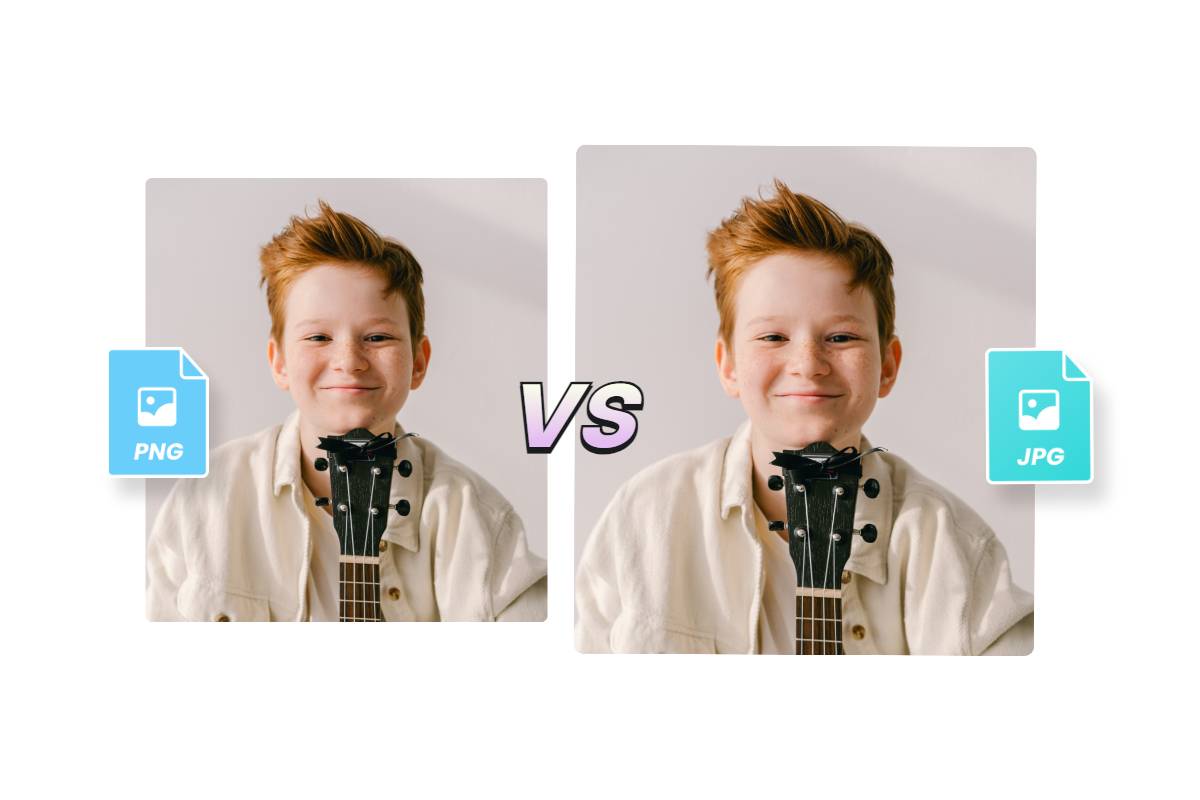
The choice between PNG and JPG also depends on the type of images you are working with. PNG is well-suited for graphics, logos, illustrations, and other images with sharp edges and distinct lines. Its support for transparency and lossless compression makes it an ideal format for these types of images. On the other hand, JPG is primarily used for photographs and complex images with gradients, textures, and a wide range of colors. Its lossy compression allows for significantly smaller file sizes without significant loss of quality, making it the preferred format for web-based applications and platforms where image loading speed is crucial.
How to Convert Image to PNG or JPG
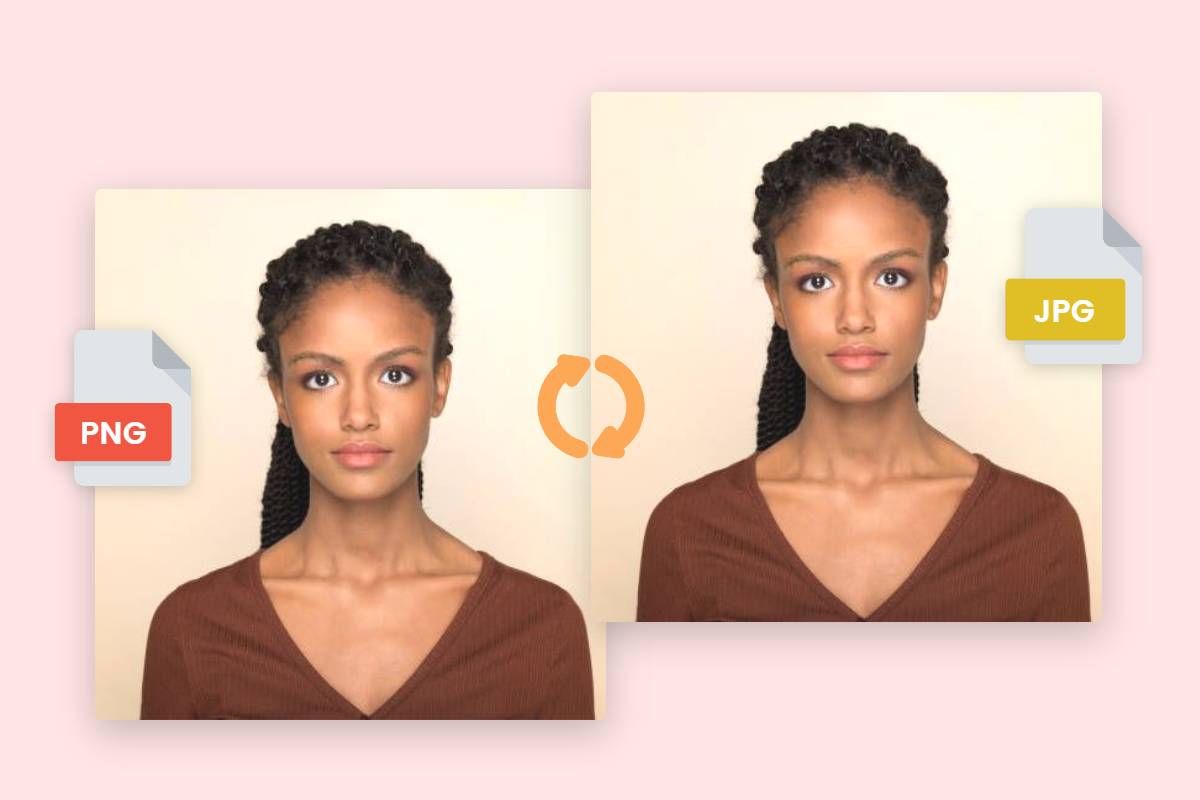
Now that we know a bit about PNG vs. JPG, you may be wondering how to convert images to PNG or JPG format. Converting images to PNG or JPG format is a straightforward process that can be accomplished using various software tools and online converters. Here, we recommend a powerful tool- image converter of Fotor.

Fotor
Easily convert your image into PNG or JPG with the image converter of Fotor.
Change image format without losing quality and image data.
Fotor is a versatile photo editing tool that provides an easy-to-use image conversion feature. Fotor makes it easy and quick to convert image format. With the image converter of Fotor, you can change any image file into popular formats like JPG, PNG, and PDF, perfect for optimizing web content, print materials, or digital archives. Whether you want to convert PNG to JPG, JPG to PNG, make transparent PNG or even more file formats, Fotor has you covered.
In addition, you are also allowed to change picture format in batch. Just upload all your photos and choose the format you want, then leave the rest to us. Our batch conversion tool will help you save a lot of time and unnecessary work.
Conclusion
In this post, we have talked about PNG vs. JPG. We have explored what is PNG and JPG and figured out the differences between them. Both of these file types have their appropriate place in web design. Whether you choose JPG files or the PNG format depends on the content of the images. By understanding the differences between PNG and JPG and considering your specific needs, you can make an informed decision and select the appropriate format for your images.
